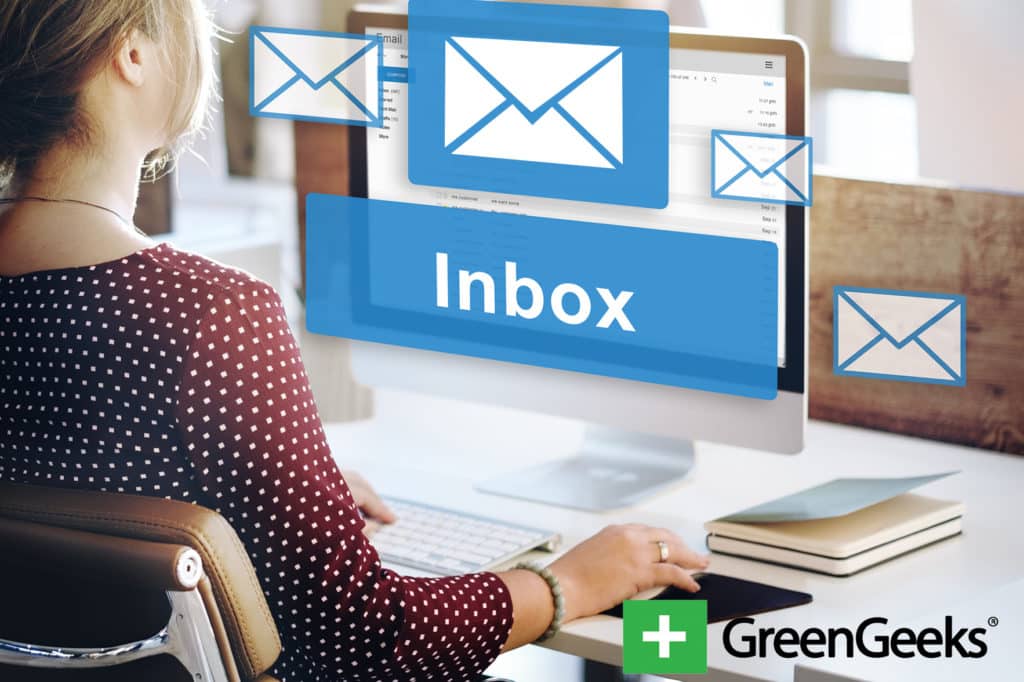
Did you know that click-through rates from emails are approximately 3.42%? That means one out of every 34 people who read your email will actually interact with it. This doesn’t include the fact that just more than 30% of all messages you send may be opened.
Email marketing is still one of the most cost efficient methods for engaging an audience. It costs very little to maintain and is one of the few you can do in vast quantities almost instantly.
Can you image if you could increase your response rate from these averages?
Here are 17 catchy email marketing ideas I’ve come across that have potential to do just that.
1. Revamp the Subject Line
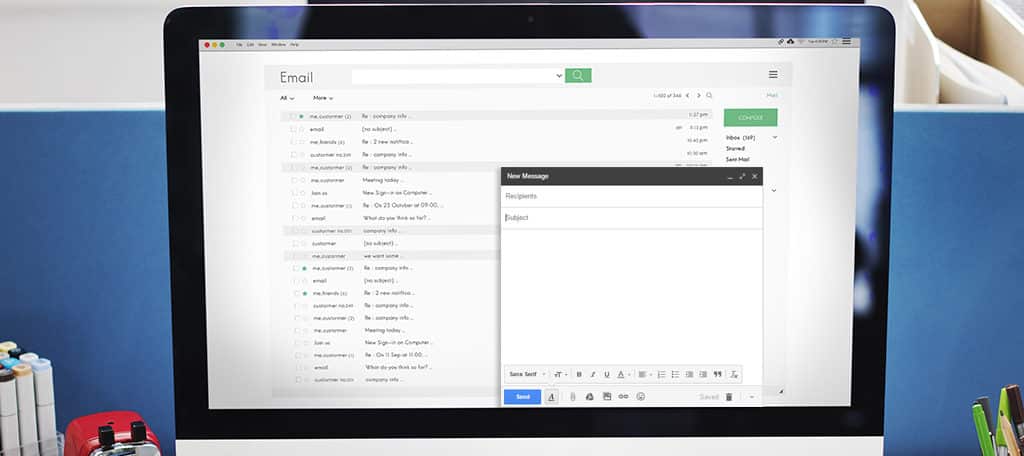
The subject line of your email is one of the first things a person is going to identify. You want it to be unique and engaging. In fact, more than one-third of people opening an email do so based on the subject line alone.
Using terms that are more relevant to time sensitivity often work well. Words like, “daily” have potential to boost open rates of messages. It also helps to have more personalized copy as opposed to a default opening.
For example, calling someone by their name can be very beneficial. About 74 percent of marketers state how personalizing the email increases engagement.
One thing you may want to pay close attention to is avoiding the spam filter. Certain words can trigger the spam filter, which can cause your emails to be lost forever.
The site Sales-i.com has a list of 118 words you shouldn’t use to avoid these kinds of traps.
2. Incorporate Mobile Devices
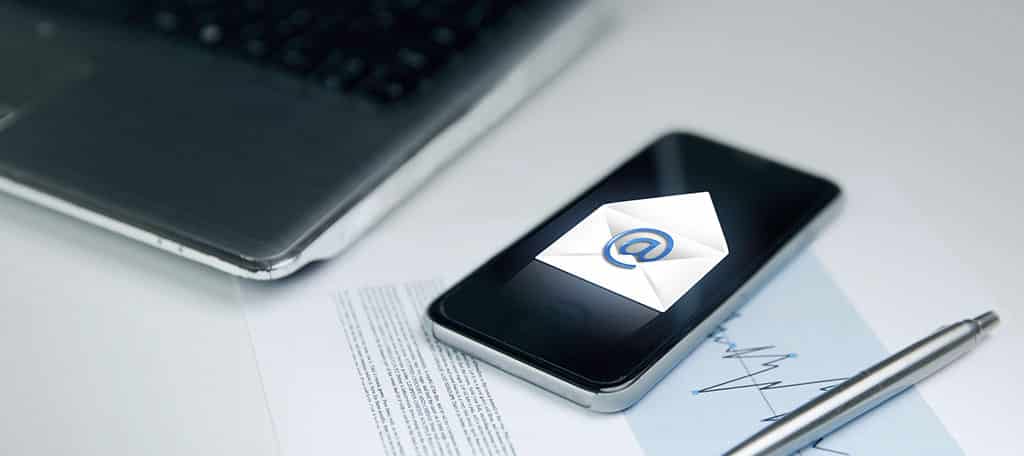
Websites are not the only things that need to be designed for mobile use. Even email can be optimized for smartphones and tablets. According to statistics, email click-to-open rates have been constantly growing since the end of 2013 and now exceed 14 percent.
There are two major factors that contribute to this growth: a) mobile device usage, and b) optimized messages.
It goes along the lines of offering a mobile-friendly platform on the Internet…and it’s incredibly vital to success.
Optimizing for mobile devices can include things such as smaller font sizes or smaller images if you use HTML.
3. Understand the Importance of Grammar
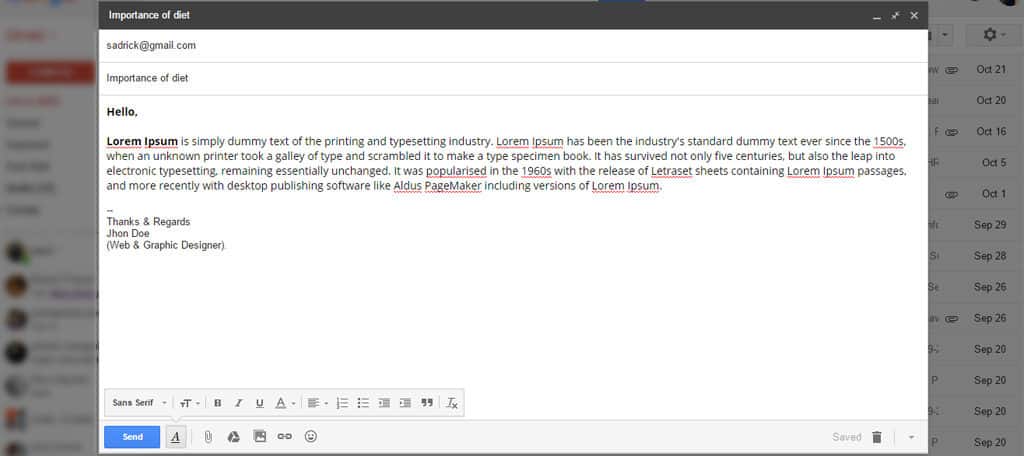
Grammar denotes a level of professionalism. If your email is littered with grammatical errors, it may not be taken seriously. This increases the chance the recipient will simply click the delete button.
In 2013, a study in the UK demonstrated how 82 percent of people would avoid a company that had grammatical errors in marketing material.
A very large part of this has to do with trust within the materials.
Even content that has been translated from their original language can have negative impacts on an email marketing campaign. There is a small window when engaging a reader, and your message needs to be clear of errors and easy to read.
4. Keep the Images Light

While it’s true that a picture is worth 1000 words, it can also cause problems if the file is too large. Too many people don’t consider the resolution of the images they send and often attach graphics that are simply too big.
Many spam filters often trigger when an email is over a certain size in order to protect the recipient. Sending something that is large in size could cause the entire message to be lost.
A large picture can also play into poor rendering of the email, especially for those who use mobile devices. It can lead to slow downloading on certain wireless networks.
However, you should also keep in mind that as many as 65% of people prefer emails that contain mostly imagery. Just make sure you use resolutions that are just right for your message.
5. Include the Call to Action

A call to action is when you give someone the opportunity to interact with the company. This action often states something like, “act now” or “click to reserve yours today.”
A CTA can vastly affect conversion rates. In fact, the call to action is so important that it can increase clicks by more than 370%.
Experts believe you should put the call to action within the first paragraph of your email. It can be designed in a way that will keep the reader interested in the rest of the message.
Some will even use the call to action as a link to a landing page to generate greater click-through rates.
6. Avoid “Texting” In an Email

Don’t mistake your email as the same thing as a text message on mobile devices. You don’t want to confuse or be unclear in what your message is trying to convey.
For example, stay away from texting shorthand practices. Take the time to spell out what you need instead of trying to use emoticons or emojis.
The less confused a reader is, the greater he or she will be engaged in the message.
While some emails may be explained in less than 200 characters, be detailed. You can be succinct without losing information.
7. Define Your Needs
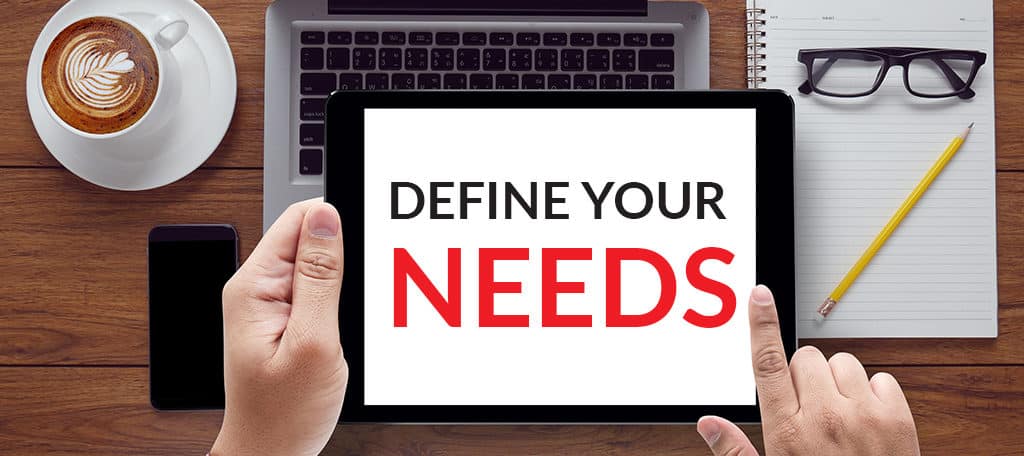
By informing the reader why you need a response, you give someone a reason to do so. However, it goes deeper than just telling the reader how their response will affect your business.
It’s easy to ask a question, but connecting their response to the activities of your business gives the message greater purpose.
When defining why you need a response, make sure you connect the reader’s concerns with your own. Essentially, you need to tell the reader how their priorities are affected by your request.
For instance, asking a subscriber about the kind of products they would like to see on an eCommerce site makes them feel empowered. It can also give you a clear idea of how to increase sales from that person.
8. Avoid Too Much Excitement

There is such a thing as adding to much emphasis to a topic. This is often seen when writers include exclamations in abundance throughout the message. It can be overwhelming and distracting.
Your email shouldn’t look like the script of an infomercial. Too much enthusiasm can be viewed as an unattractive quality while making the message seem more like an advertisement.
Because of this, your messages could wind up being added to the “junk” folder than actually being read in full.
It’s OK to be excited about a product or service you are offering. However, there is a limit to how this can be done in a short email. You don’t want to sound like you’re badgering the reader to act.
9. Keep a Conversational Tone

One of the most important aspects to any kind of content is the “conversational tone.” You want your message to seem more like it’s coming from a friend than a basic text template.
In reality, you want to add a bit of personality to anything you write. Otherwise, it seems more stagnant and less human.
According to statistics, companies in the United States send approximately 18% more marketing emails than conversational ones. Experts believe that changing this practice can lead to more engagement.
This means you want to spend more time being personable with email recipients. In other words, structure the content like it was a friend telling someone about a product or service rather than simply writing it.
Keeping a conversational tone can be one of the most important email marketing tips because it may also help the reputation of your brand on the Internet.
10. Avoid the Carbon Copy
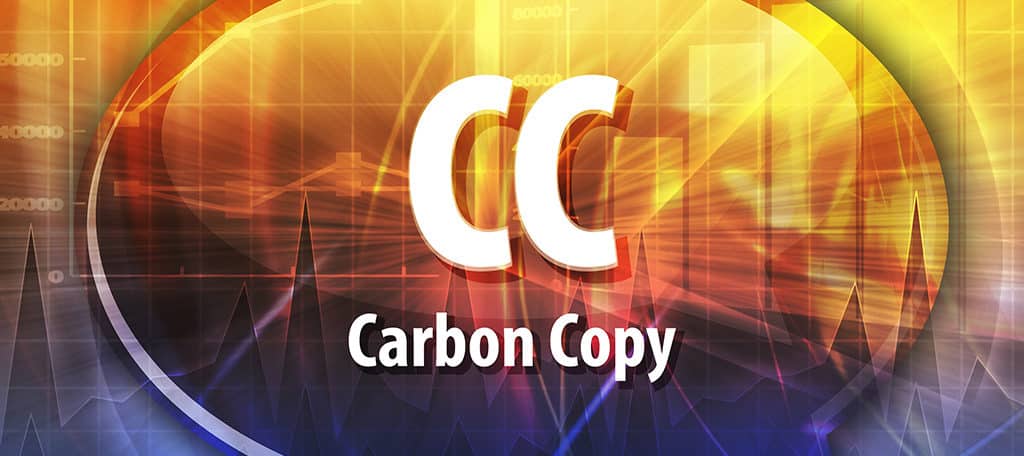
It’s easy to carbon copy emails and send them en mass. However, it also takes away from making your recipient feel special.
If you have to send emails in bulk, use the blind carbon copy feature instead, or BCC. This hides all recipients from view and offers a sense of being singled out by your brand.
The BCC also helps keeps the addresses of your recipients protected from being easily viewed by others.
The last thing you want is to inadvertently share the email addresses of everyone in your mailing list. This could lead to all kinds of complications including the ominous unsubscribe action.
11. Keep the Signature Simple
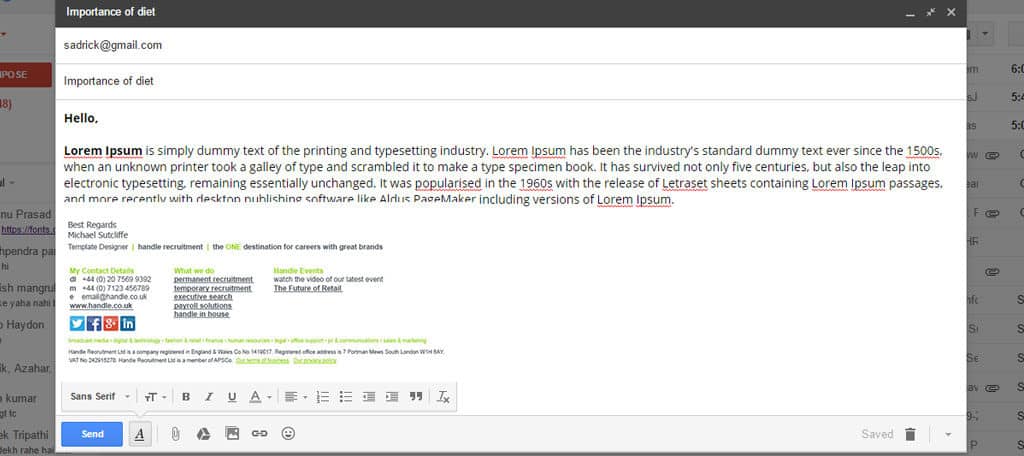
Although graphics for signatures can be a fun element in some cases, they can actually become a hindrance. Some email platforms will automatically block any image from being viewed.
For example, the free program “Outlook” on Windows Live has such a feature.
This means that your signature image may be completely hidden from view. Depending on the application or online email platform, it may also cause your message to be inadvertently tossed into the spam folder.
Keep your signature to a basic, text-based format that can be easily read. It will avoid these kinds of problems while giving your recipient a clear way to identify you.
12. Timing is Everything

The time in which you send your emails may play an important role in response rates.
For instance, Experian discovered that email response rates increase in general after 12:00 pm. In fact, the rate doubles for email received after 8:00 pm.
But knowing the time is only part of the equation. Not everyone lives in the same time zone. As a result, you also need to pay attention to the local time of your target audience.
For example, you can’t expect everyone to respond to an email if they receive it at 4:00 am when it’s 3:30 pm to you.
13. Understand Your Target Audience

Just like creating content on a website, understanding your audience for emails can be very beneficial. Unfortunately, this might take a bit of trial and error as you find the right combination of content and imagery to engage those readers.
Many experts believe some of the best marketing involves shorter content. This means you want to be concise and get to the point as quickly as possible. However, something like that wouldn’t work in a mailing list designed for avid readers.
The perfect length of your email will be determined by a couple of factors from your audience: purpose and type.
Are you simply sharing coupons and discounts? Are you sharing vital information about your industry that can help your readers?
14. Avoid Yes/No Questions

Yes or no questions are essentially conversation enders. If you want a response from your recipients, you need to incorporate more thought into answers.
For example, some experts believe “if…then” statements to be influential in responses.
When asking questions, one good rule of thumb is to ask questions starting with “what,” “when,” “where”, “how” and “why.” If this sounds familiar, it’s because it’s the mantra journalists have been using for decades. It’s because questions like these engage the audience and prompts them to continue.
They also force a person to put more thought into a reply than merely a simple, “yes” or “no.”
15. Bullet Points Welcome
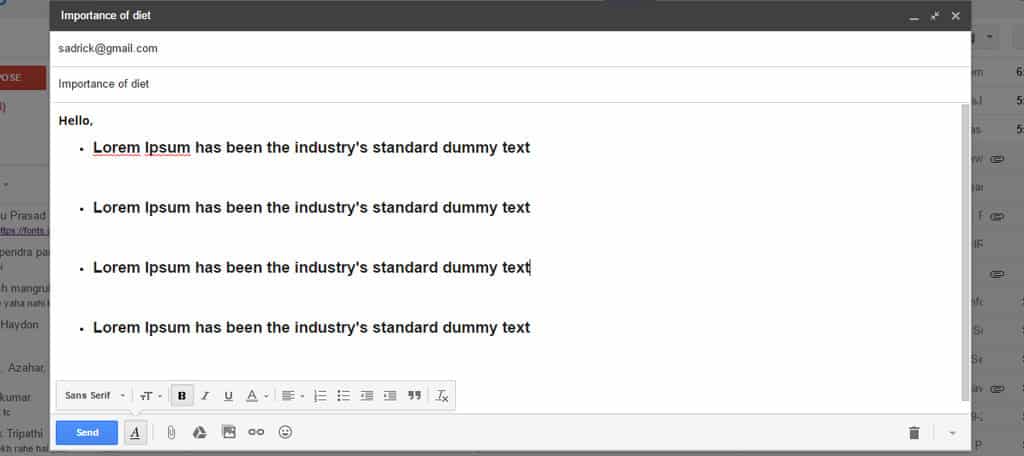
Whether it’s on a website or in an email, bullet points can be very helpful when delivering information. It’s all about delivering the information in a way that is easy to find.
More than 80% of people skim content they read online. Adding bullet lists and numbered lists helps them find what they’re looking. As a result, people are more likely to interact with that material.
16. Learn Rich Text
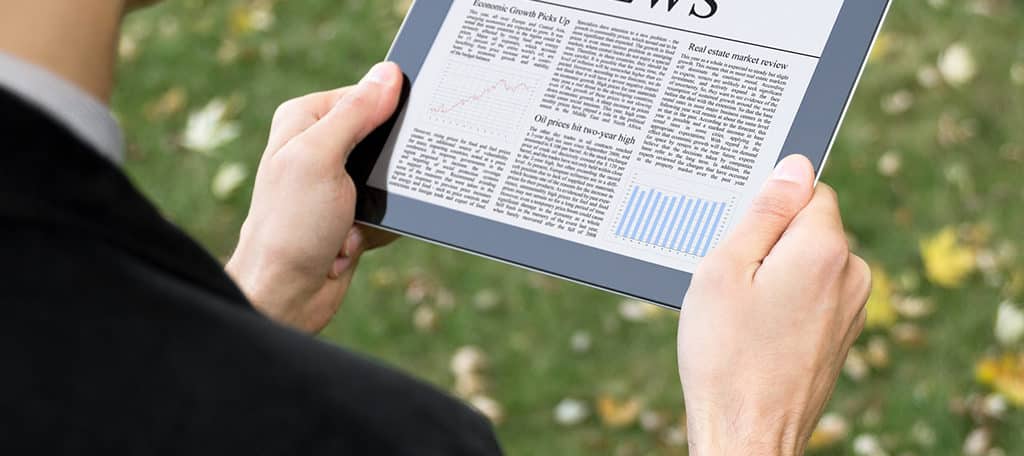
Rich text can illicit understanding while driving to the heart of the topic. For instance, things like italicized or bold lettering grab the readers’ attention when viewed against a sea of regular text.
The only real downside to using rich text is that some email platforms do not support it. However, email marketing ideas such as this should still be implemented.
Not everyone uses the same email platform, and it may contribute to someone responding to your message.
Since it doesn’t take a great deal of extra effort, it’s always worth the time.
17. A Miniature Website Approach
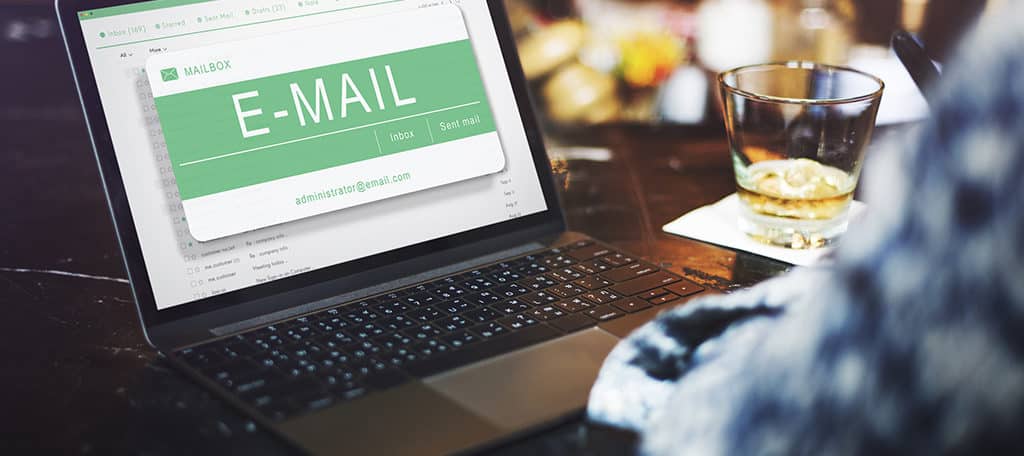
Many email marketing tips can be similar to developing content for your website.
For example, you want content of the email to be stay on topic. You don’t want to create a wall of text, and breaking up the paragraphs would make the email easier to read.
Try to stay away from filler while making the message concise and to the point. You also want to offer valuable information without overwhelming your recipient with an ultra-long email.
Enhance Your Email Marketing Platform
Email marketing will continue to play a huge role in brand recognition and customer engagement. Why not put in the effort to improve how it can work for you? After all, something as simple as a properly worded subject line could increase response rates.
